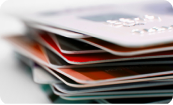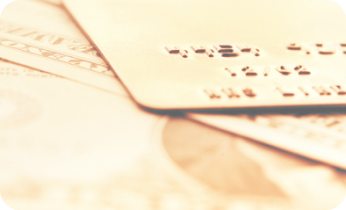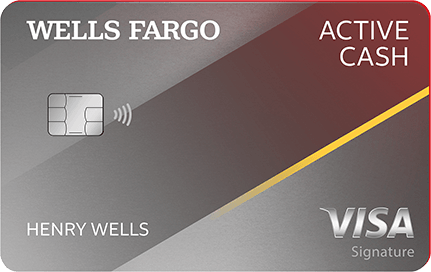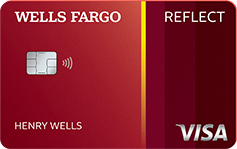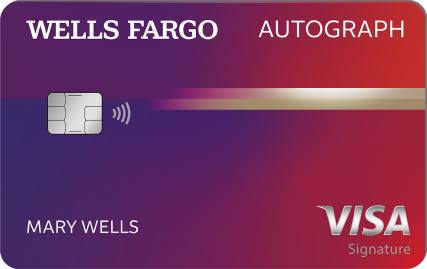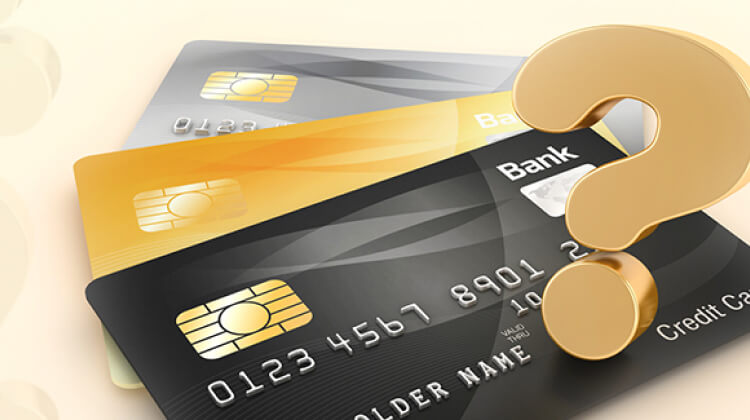
How do credit cards work?
Credit cards are a tool for spending when you prefer not to use cash, but you can use them for a variety of reasons. For starters, they’re one of the key ways that may help build your credit score.
For some people, credit cards can help manage expenses when they don’t have cash on hand, giving them time to pay off a large purchase. Others use their credit cards to earn travel rewards or cash back on purchases.
There are many types of credit cards, and each one has its own unique terms and features. But they also have some common elements, including a credit limit and an interest rate. It’s important to understand how credit cards work, the costs of using them, and the best ways to maximize their benefits.
Once you have a good understanding of credit cards, you can take advantage of their features and learn to manage your credit card debt responsibly. Running up a high credit card balance can cause financial strain. Credit cards should help improve your personal finances, not complicate them.
Here’s what you need to know about how credit cards work, along with some credit card basics.
What is a credit card?
A credit card is a revolving line of credit offered by credit card issuers. Cardholders can spend up to their approved card limit, but they must make at least a minimum payment to the issuer each month by the due date. Credit card interest is applied to any balance that is carried over month to month.
Because a credit card balance is revolving debt, the balance goes up and down as you spend and pay. Therefore, your monthly credit card payment will change depending on your outstanding balance, as opposed to a fixed loan that has the same payment amount each month.
How does a credit card work?

Credit cards may appear to process instantly when you make a purchase, but there are actually several steps going on behind the scenes. You initiate the transaction each time you swipe or tap a physical credit card in person at a card terminal or input your card information into an online shopping form.
Your payment information is then processed and sent through the payment network (Visa, Mastercard, etc.). The network forwards the request to the issuer (usually a bank), which either approves or denies the transaction. As long as you have enough available credit to cover the purchase and there’s nothing suspicious about it, the issuer should authorize the transaction.
The issuing bank then places a hold on the purchase amount on your account. Finally, they send the funds to the merchant’s bank account when they settle their daily transactions.
Your credit card account
Your credit card company adds all the purchases you make during a statement cycle to your bill and calculates the minimum amount you owe. If you pay your credit card bill in full, most issuers won’t apply any interest charges. But if you only pay the minimum or decide to carry any part of your balance forward, they will apply interest on your next statement.
Your card issuer reports your payment activity to the credit bureaus, so it’s important that you make at least your minimum monthly payment on time each month. If you miss a billing cycle, the card issuer will report you, causing a negative impact on your credit score.
The amount of credit line you use (called credit utilization) is also a major factor in your credit score calculation. If you have a $1,000 credit limit and carry an $800 balance, it means you’re using 80% of your credit. Credit bureaus recommend keeping that figure as low as possible, and they generally view 30% and below as a positive factor when tallying credit scores.
Credit card limits
When you are approved for a new card, the issuer will give you a credit limit, which is the maximum amount you can spend on the card. As you use up your available credit, you’ll get closer and closer to the limit. And as you pay off those purchases, you’ll restore that portion of your credit limit.
The amount of credit limit you qualify for is based on your credit history and credit score, plus other factors that credit card issuers may look at when you submit your application. For someone with a limited credit history, a credit limit may be only a couple of hundred dollars.
As you use a credit card responsibly over time, your credit card company may raise your limit periodically. You may also request a credit line increase, which they may grant if you keep your account in good standing.
The important thing to remember with credit card limits is to pay attention to them. Keeping your credit utilization low can help maintain your credit health.

How does credit card interest work?
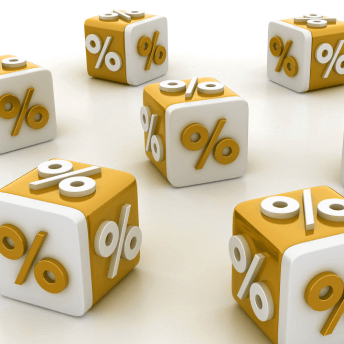
Using credit cards is a privilege that may have some associated costs. The main way credit card issuers make money is by charging interest when people don’t pay their full balances. Credit card interest is typically higher than the interest for many other types of lending.
On most cards, you’ll have a grace period from the end of your billing cycle to your due date. During that time, you won’t be charged interest if you pay the full balance. In essence, if you stick to paying off your full credit card bill, you can avoid paying interest.
Credit cards also charge fees, but the size and type vary by card. Some common credit card fees include:
- Annual fee: Some credit cards, especially premium rewards cards, charge an annual fee to cardholders.
- Late fee: Missing your payment due date usually results in a late payment fee.
- Foreign transaction fee: Using your card abroad may incur a fee for each purchase.
You may pay other fees, including fees for balance transfers, cash advances, returned payments, or going over your card limit.
Balance transfers and cash advances
In addition to using your credit cards for purchases, some cards have additional features like balance transfers and cash advances.
Balance transfers move an existing balance from another credit card. You will typically pay a balance transfer fee, and the amount of the transfer will have its own annual percentage rate (APR). Not all credit cards allow balance transfers, but some cards are specifically marketed as “balance transfer cards.”
These so-called balance transfer credit cards typically offer an introductory 0% APR on transfers for a set time, often 12 months or more from account opening, giving cardholders a chance to pay down their existing debt without additional interest if paid in the introductory period.
Cash advances let you tap into cash from your credit line, but they usually come with steep costs. You’ll pay a cash advance fee up front. Plus, the amount you withdraw will have a separate APR, which is usually higher than the purchase APR. For these reasons, it’s often better to avoid using cash advances.

Types of credit cards
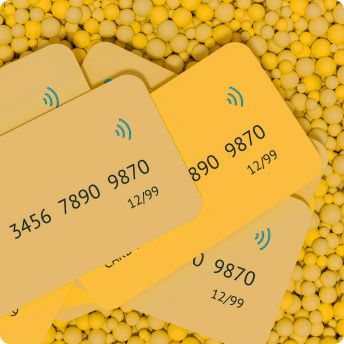
There are credit cards for all different types of consumers and spending styles. Some cards are designed specifically for students who may have no or little credit. Others are created for people with bad credit. There are also co-branded cards and those geared toward people looking for premium benefits and rewards.
Here’s a look at some of the most popular types of credit cards:
Secured credit cards
Secured cards are for people with no credit history or those rebuilding their credit. With a secured card, you put down a security deposit to serve as your line of credit. After a period of consistent good payment behavior, you may eventually be able to move to an unsecured credit card.
Note: The vast majority of cards on the market are unsecured credit cards.
Student credit cards
Student credit cards are aimed at college students or young adults who want to open their first credit card account. There is usually a low credit line to start, and the issuer typically provides educational tools to help the user learn how credit works.
Rewards credit cards
Rewards credit cards allow cardholders to earn points when they make purchases. These points may be redeemed for a variety of rewards, some examples are gift cards and travel.
Cash-back credit cards
Cash-back (cash rewards) credit cards offer a percentage back on purchases. You can usually redeem this as a statement credit or in the form of a check.
Business credit cards
For small business owners, business credit cards are a way to pay for business expenses and, depending on the card, earn rewards.
Airline credit cards
Airline credit cards are co-branded cards tied to a specific airline’s loyalty program. Cardholders earn points, sometimes called miles, to use toward the cost of airfare. You also usually receive additional perks related to air travel.
Hotel credit cards
Hotel credit cards are co-branded with a specific hotel chain’s loyalty program. The goal with these cards is to earn points toward free nights and other benefits related to your stay.
Store credit cards
Retail store cards allow you to earn rewards and discounts for a particular retailer. Some cards only allow you to use them at the corresponding store, while others allow you to shop anywhere with the card.

Why should I get a credit card?
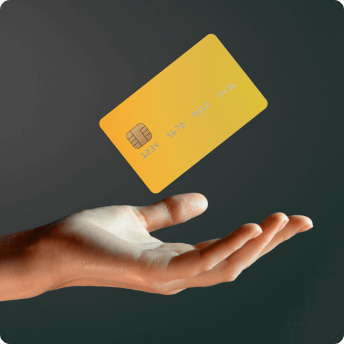
Some people choose to live a cash-only lifestyle, but there are a number of potential advantages to consider.
Convenience
A credit card makes it possible to make purchases when you don’t want to carry cash. You can also add your credit card to various digital wallets. Credit cards are also useful when placing orders online.
Safer than a debit card
Credit cards are generally safer than debit cards for certain types of purchases. If you swipe your debit card and your information is stolen, thieves can access the money in your bank account. Even if you report it to your bank, that sum may be tied up until after the investigation.
With a credit card, you won’t lose access to your money, and in many cases you’re not held liable in the case of a fraudulent transaction if it is reported promptly.
Consumer protections
If you have a problem with a merchant or service provider, you may find that it’s easier to file a dispute with your credit issuer to reverse the payment than it is to get a cash refund. Some cards also offer additional purchase protection, extended warranties, insurance, and other benefits.
May help you build credit
A strong payment history and credit score is important if you ever plan to work with lenders to receive an auto loan or mortgage. Credit cards are one of the key tools for establishing that foundation. By using a credit card for small purchases and making regular on-time payments, you’ll generate a record of positive payment behavior on your credit report. This in turn could help increase your credit score.
You can earn rewards
Choosing a credit card that offers a rewards program may help to offset everyday costs or cover a portion of your travel.

How to choose a credit card
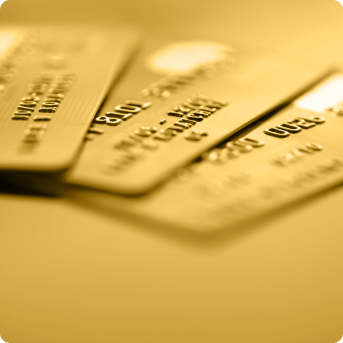
Now that you have a good understanding of how credit cards work, you may be wondering how to decide which one to apply for. If your inbox or mailbox is full of credit card offers, you can start this process by investigating those products to see if they may be a good fit.
Creditworthiness
It’s important to think about your creditworthiness — or how likely you are to get approved for a particular card. If you’re just starting your credit journey, you may want to aim for a basic credit card rather than one with premium benefits and an annual fee.
Spending type
Consider the type of spending you do, and whether you may benefit from a cash-back credit card or a rewards credit card. These cards may offer a flat-rate reward for purchases, or bonus rewards when you spend in certain categories.
Features
Review the terms, features, and benefits before you make your final decision. For instance, you may be looking to do a balance transfer, or you may want an introductory 0% APR. In that case, make sure the card offers those features.

Make credit cards work for you
By understanding how to use a credit card and how they work, you can learn to maximize their potential as the personal finance tools they are. You may also be able to improve your credit score and enjoy the various benefits your new card provides.
